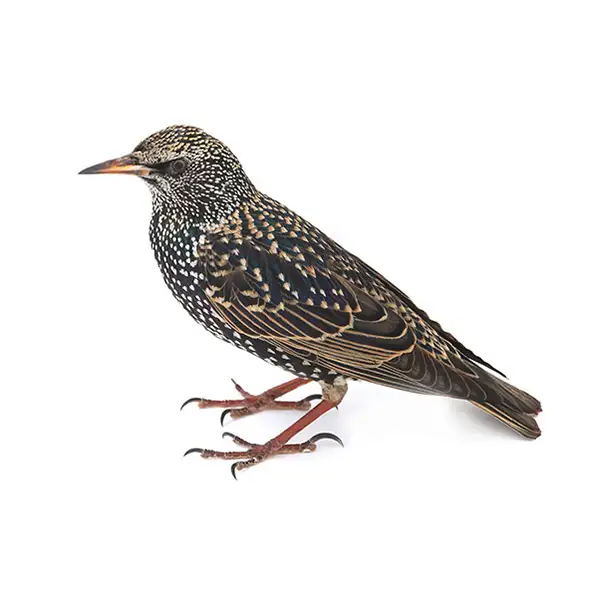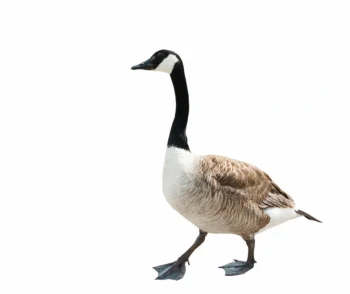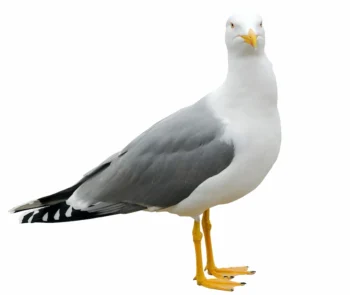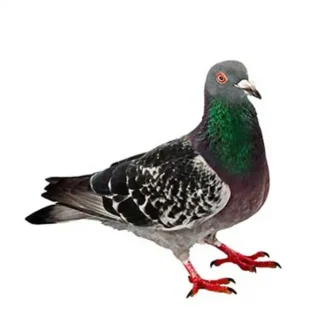European Starlings in Virginia
European starlings are notorious for their loud, boisterous calls, often nesting in urban areas. Found across the United States, they nest in large numbers near homes, which can lead to issues for homeowners. In addition to their disruptive vocalizations, starlings are known for the mess they leave behind and the health risks they pose, transmitting diseases like encephalitis, ornithosis, and histoplasmosis. These aggressive scavengers are also capable of damaging gardens and crops.
European Starling Habitat
Starlings are highly adaptable, thrive in both hot and cold climates, and are not afraid of humans. They easily settle in urban areas with abundant food and shelter. In rural environments, they can be found in open fields, orchards, and farms. In cities and suburbs, starlings nest in a variety of places such as building ledges, lighted signs, lamp posts, and even exhaust ducts. When natural roosting sites like tree cavities are unavailable, they will often seek shelter in attics.
European Starling Behaviors, Threats, or Dangers
Not only are starlings loud and annoying in flocks, but they can also damage property. Their droppings can corrode pavement and asphalt, and dried droppings have been linked to asthma. European starlings are known to spread diseases such as cryptococcosis, E. coli, and salmonella. Their nests in structures like roofs, soffits, dryer vents, and attics can cause significant damage and pose fire hazards. Lawns with turf insect infestations are particularly vulnerable to starlings, who create holes in the grass while feeding.
If you notice European starlings roosting on your property, reach out to a professional bird control service right away.
Need help with European Starling control?
Leave your information below and we’ll be in touch with a FREE quote!
"*" indicates required fields
*During normal business hours. After hours calls will be returned the next business day.





